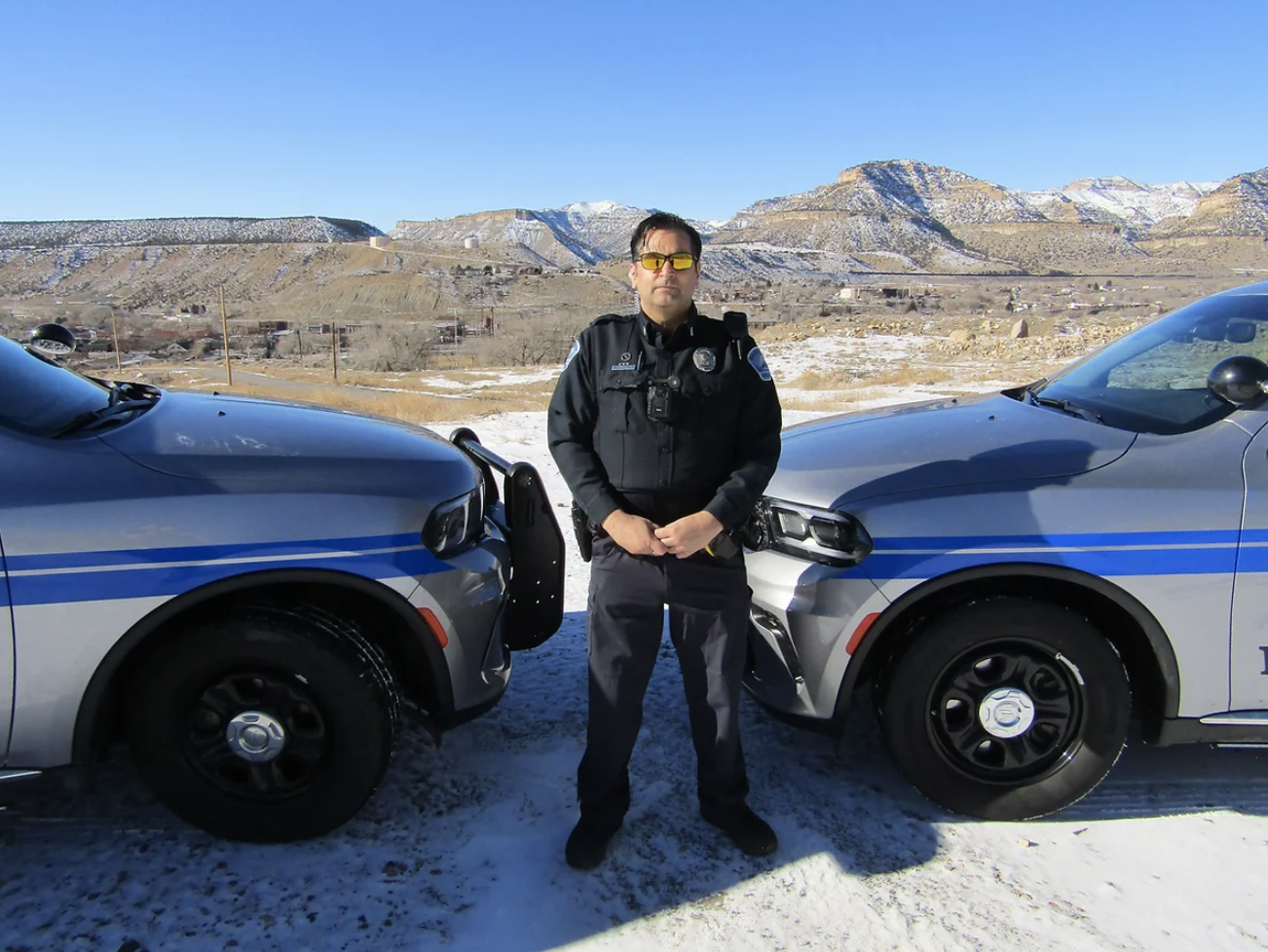Increasing Access to Education and Public Safety
Press Release
United States Department of Agriculture (USDA) Rural Development Utah Acting State Director Debra Meyer recently announced that the USDA is investing nearly $1 million to improve critical community facilities in four rural Utah communities. This infrastructure funding will increase access to education and public safety while inspiring community development and reinforcing sound infrastructure for people living in those communities.
“The Biden-Harris Administration has made investing in infrastructure improvements a top priority,” USDA Under Secretary Jewel Bronaugh said. “These loans and grants will help rural communities invest in facilities and services that are vital to all communities, such as healthcare facilities, schools, libraries, and first responder vehicles and equipment. When we invest in essential services in rural America, we build opportunity and prosperity for the people who call rural communities home.”
Meyer highlighted four projects that the USDA is making in two programs that will fund essential community services to help rural Utah build back better, stronger and more equitably than ever before. These programs include Community Facilities Direct Loans and Grants and Community Facilities Loan Guarantees, The projects will finance emergency response vehicles and equipment as well as renovate a charter school.
In Price, Utah. Price City will use a $74,600 Community Facilities Grant to purchase digital radios for the public safety departments to ensure public safety and to enable them to communicate with all parties who can facilitate a response to a safety issue. This grant will help 8,715 residents have better public safety by improving communication efforts.
In Helper, Utah. The city of Helper will use a Community Facilities Grant in the amount of $50,000 to purchase two police vehicles and necessary equipment. The assistance of USDA Rural Development funds will provide the community of a little over 2,000 residents with continued reliable safety.
In Moab, Utah. The City of Moab will use a $50,000 Community Facilities Grant to purchase and equip two new patrol cars for the police department. Adding two vehicles to their fleet will increase their patrol capabilities by 22 percent with the city’s nine officers and two sergeants. This project will provide funds for the vehicles and necessary equipment to ensure reliable safety to the community.
In Park City, Utah. Weilenmann School of Discovery in Park City will use a $800,000 Community Facilities Loan Guarantee to provide funding for Weilenmann Charter School to complete needed renovations on their existing building. The current facility serves approximately 600 K-8 students. These funds will expand and create more usable indoor classroom and hallway space with a student flow pattern around the auditorium. Once completed, Weilenmann will be able to provide quality education to more students with a better learning atmosphere for all.
More than 100 types of projects are eligible for Community Facilities funding. Eligible applicants include municipalities, public bodies, nonprofit organizations and federally-recognized Native American tribes. Projects must be in rural areas with a population of 20,000 or less. For more information, visit www.rd.usda.gov/programs-services/community-facilities/community-facilities-direct-loan-grant-program.
Interested parties should contact their USDA Rural Development state office for information about additional funding, application procedures and eligibility. Also see the Community Facilities Direct Loan Program Guidance Book for Applicants for a detailed overview of the application process.
Under the Biden-Harris Administration, Rural Development provides loans and grants to help expand economic opportunities, create jobs and improve the quality of life for millions of Americans in rural areas. This assistance supports infrastructure improvements; business development; housing; community facilities, such as schools, public safety and health care; and high-speed internet access in rural, Tribal and high-poverty areas. For more information, visit www.rd.usda.gov. If you’d like to subscribe to USDA Rural Development updates, visit our GovDelivery subscriber page.

